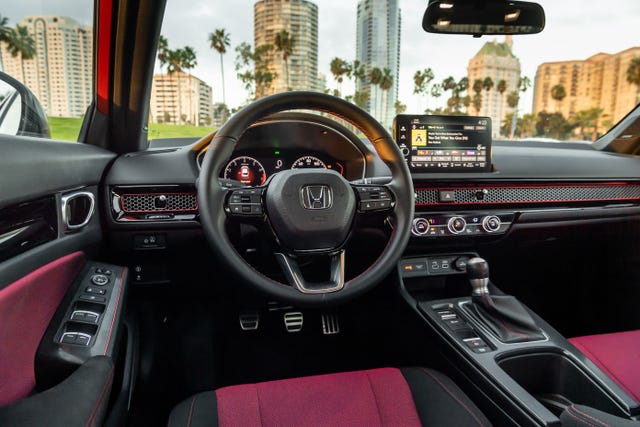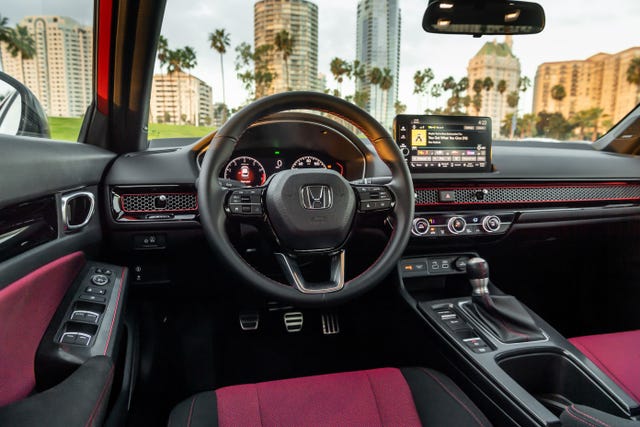The Resurgence of Physical Controls in Automotive Design
The shift towards touchscreens in modern cars has become increasingly prevalent, but is this trend truly an improvement over traditional buttons and knobs? As someone who has spent considerable time testing various vehicles, I can confidently argue that physical controls offer significant advantages in terms of safety and usability.
Many of my contemporaries might view my preference for physical controls as outdated, but the reality is that buttons and knobs provide a level of tactility and ease of use that touchscreens simply can’t match. The primary reason is simple: physical controls are always where you expect them to be, allowing you to operate them without taking your eyes off the road.
My experience as a car journalist has given me the opportunity to test numerous vehicles, from rugged off-road vehicles to high-performance supercars. However, it was my daily driver, a 2015 Volkswagen GTI, that consistently impressed me with its intuitive controls. The physical buttons and knobs were so well-designed that I could adjust settings without even glancing at them.
Safety Concerns with Touchscreens
The main issue with touchscreens is that they demand significantly more mental and physical effort to operate. During vehicle testing, I often found myself looking down at the screen to find the desired setting, which not only slowed me down but also distracted me from the road. In contrast, physical controls like knobs and buttons offer a tactile experience that allows you to adjust settings without visual confirmation.
For example, adjusting a volume knob or climate control is much more intuitive when you can feel the clicks and turns. This tactile feedback is essential for safe driving, as it enables you to keep your eyes on the road while making adjustments.
Some might dismiss this as a minor inconvenience, but it has become a legitimate safety concern. Recent studies, such as one cited by Steinberg Law Firm, have shown that touchscreen controls can significantly increase the risk of missing hazards on the road.
A Shift Back to Physical Controls
Fortunately, not all manufacturers are abandoning physical controls entirely. Honda’s latest Civic model, for instance, features a well-designed infotainment system that incorporates physical controls. Additionally, a recent J.D. Power study found that the majority of drivers prefer physical controls because they can be operated without taking their eyes off the road.
Automakers like Subaru and Volkswagen are taking note of consumer preferences. Volkswagen’s upcoming 2026 ID.2all EV, for example, will feature physical controls for essential functions like volume, seat heating, and hazard lights. It seems that the industry is finally listening to customer feedback.

As the automotive industry continues to evolve, it’s heartening to see manufacturers responding to consumer preferences for more practical and safer infotainment systems. While touchscreens have their advantages, the benefits of physical controls in terms of safety and usability cannot be overstated.



